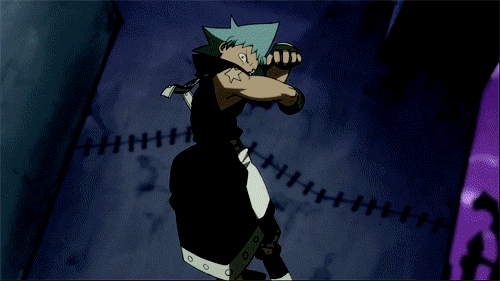I'm going to just focus on the original NES/Famicom game for this reply. Just because out of the non-Metroidesque entries, it's the one I'm most familiar with.
Castlevania's controls are stiff and unforgiving. Your attacks have a brief delay to them and your jumps lack the level of control that you'd normally expect. However, they are very consistent. This means that once you get used to the controls, you can plan out all of your actions accurately.
The word "planning" is an important one. Castlevania is designed to encourage caution and deliberation over quick reflexes. It's not like Konami couldn't make games with more fluid controls; they made Contra less than a year later. Castlevania is designed so that players will have to carefully look ahead and react to what's coming next.It's hard, but the game is surprisingly fair for an action game of its era in some ways. Enemy placements aren't randomized, and new types of obstacles are sorted in order of difficulty. This means that even if you lose a life, you will be able to know what's coming up ahead on your next attempt. And unlike many games of this era, losing lives or getting a Game Over isn't the end. You get ent back to the stage or set of three stages, but once you clear a boss, you are good to go. It's about mastering one section at a time.
For example, look at the opening stage of the game. You start outside of the Castle, and are given a bit of time to walk inside. This is meant to give the player enough time to figure out what all of the buttons do and how long actions take in a risk-free environment. Once you get inside, your first enemies are these easily hit zombie things. You can kill them with no problem, but since they come in groups, you'll have to mash the attack button, which helps reinforce the timing and range of the whip in your mind. Elements such as stairs are introduced in waves, first as an option for evading zombies and eventually as a requirement in the second area. The watery area down below is where you'll first die from falling into a pit, but at least the checkpoint is only about ten seconds back. And at the end, the Giant Bat boss is a nuisance, but it teaches both how to do jumping attacks and how to manage your special items, skills that remain important the entire game. And if you get a Game Over on the Giant Bat, it takes only a couple of minutes to get back, and you can prepare your arsenal with drops along the way.
Etc
- Your HP and Boss HP are both clearly labeled, and it's easy to tell at a glance how much damage can be taken by certain types of attacks
- Each of the different special items has different uses, both based on how they work and how many hearts they require
- However, you can beat any section of the game without them
- Bits of the environment hide items like Pot Roasts. These reward players for knowing the level, but are never required, thus keeping the action going.
- Once you've met an enemy once, you will know exactly how they work, and their design is distinct enough to quickly recognize.
- Which works greaat with the whole "deliberation" thing mentioned above
- The six different bosses are fairly distinct. The Giant Bat is fairly basic, but will fly around a lot more than other bosses, meaning they're an especially good use for the Axe. Likewise, the two mummies take loads of hits, but are very slow, making them a good choice for the Holy Water. They all taste similar basic skills, but you can use them in different ways.
- The game makes sure to reward progress with new settings and music. This is a platforming staple, but what's interesting here is that Castlevania does this without chaning the orange and blue color scheme. Meaning that even in new territory, it's easy to recognize enemies and obstacles.
TLDR - Level Design




















































